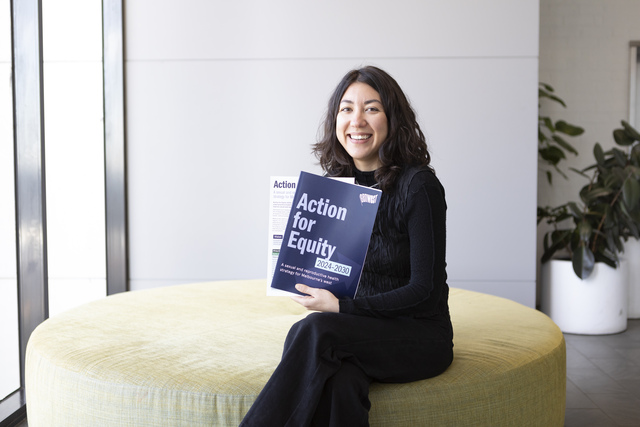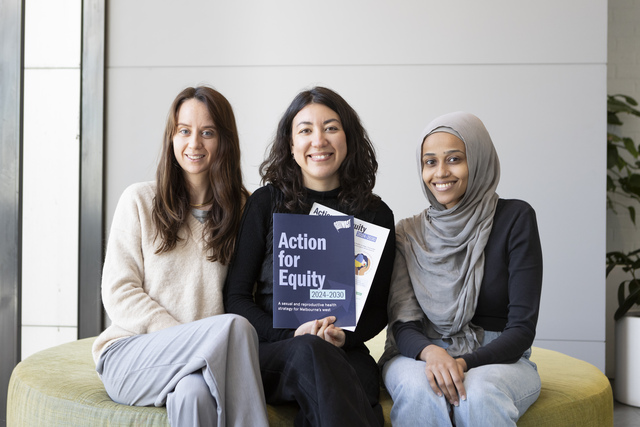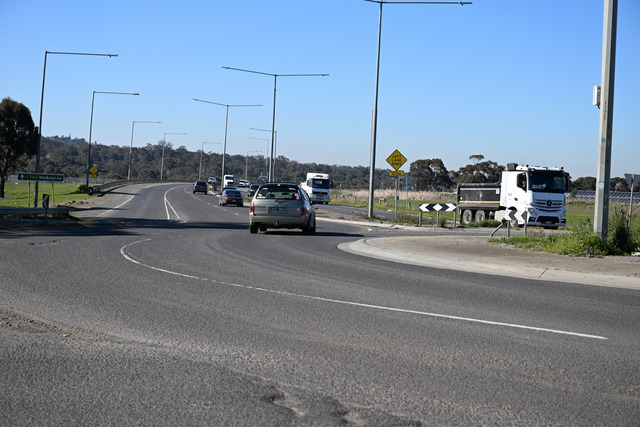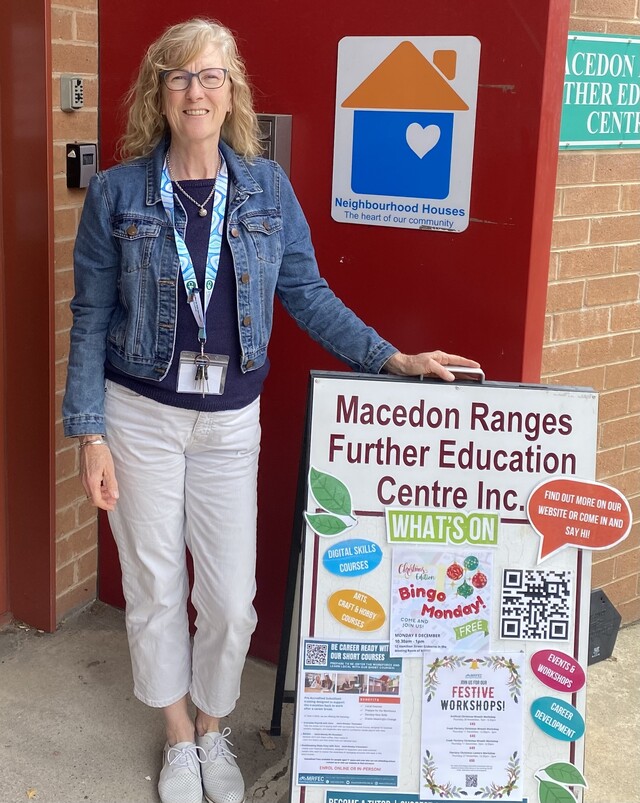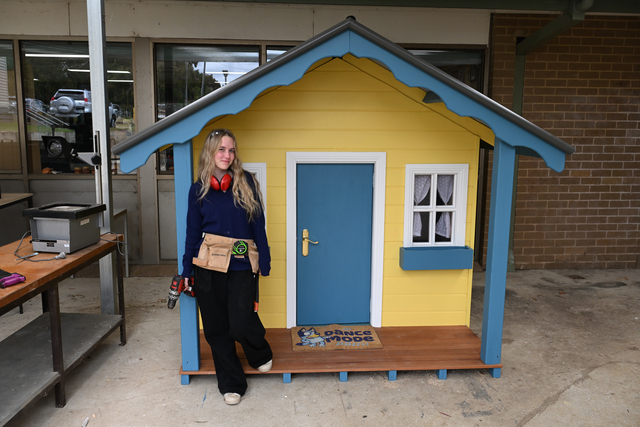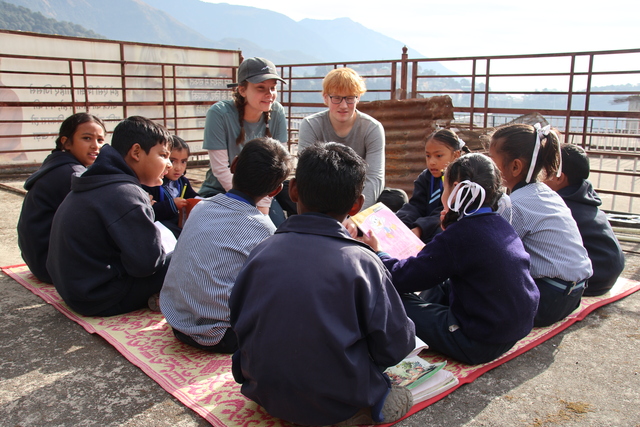A ground-breaking national campaign promoting the HPV self-collection option for cervical screening is helping bring empowerment and choice to women’s health across Australia.
This initiative aims to address health equity by reaching under-screened populations, particularly Aboriginal and Torres Strait Islander women, culturally and linguistically diverse communities (CALD), and patients with disabilities.
The National Cervical Screening Program encourages women and people with a cervix aged 25 to 74 years of age to have a cervical screening test every five years through their healthcare provider, in a bid to reduce illness and death from cervical cancer.
The Cancer Council details that self-collection is when a woman or person with a cervix takes their own sample for cervical screening. A health care professional provides a cotton swab as well as instructions on how to collect the sample. A private place is also offered to collect the sample.
The Department of Health and Aged Care reports that about 800 women are diagnosed with cervical cancer in Australia each year, and about 70 per cent of these cases occur in women who have never screened or were not up-to-date with their screening.
GenWest sexual and reproductive health team leader Sarah Lorrimar said the initiative will help to bridge the gap in cervical screening participation among diverse populations.
“It’s going to make a huge difference to how many people are accessing a cervical screen,” she said.
“Cervical screens can be uncomfortable for anyone. For most people, going and getting a cervical screen isn’t the most pleasant experience but then there’s other people where the process actually makes them feel unsafe and has emotional and physical effects on them too. There are people that have had medical trauma and sexual trauma that the process of getting a cervical screen can be extremely daunting for them and being able to self-collect means that they’ve got a greater sense of safety, comfort, and control.”
Ms Lorrimar said for women who have undergone female genital cutting, the traditional cervical screening process can be particularly daunting.
The GenWest team includes Family and Reproductive Rights Education Program (FARREP) workers who have long advocated for a more sensitive screening method.
“Now that there’s the option of a cervical screen that they can self-collect without the speculum that makes it much easier for people and is a much more safer process,” she said.
The Australian Centre for the Prevention of Cervical Cancer (ACPCC) is playing a pivotal role in the campaign by delivering healthcare provider education. This education focuses on the importance of self-collection and how to support patients through the process.
Ms Lorrimar said it is necessary that healthcare providers are well-informed and proactive.
“Because people don’t know what they don’t know,“ she said.
“Being given healthcare information is really important and I think it’s essential for healthcare professionals to provide that information to people so that they can be proactive with their healthcare, to look after their bodies and know what to look out for when things don’t seem right.
“It’s also really important for healthcare professionals – particularly in Melbourne’s west. It’s such a diverse community that I think healthcare professionals also need to keep upskilling and making sure they’re figuring out new ways to best work with all those different communities. .. it’s really important that healthcare professionals provide a safe space and are forthright with a lot of information around things like screening.”
The federal government reported that more than 315,000 women had self-collected as of March, with 27 per cent of screening tests done that way.
The option to self-screen has been particularly positive for people who have never screened or are overdue, with one in three first-time screeners and 40 per cent of overdue screeners taking up the self-collection option, the government said.
For more information on the National Cervical Screening Program and to access translated resources, visit: https://shorturl.at/lLDIi
Translated resources can be found at: https://shorturl.at/DdrNM
Healthcare providers can find additional resources and webinars at: https://shorturl.at/znjnj

